Castello di Volpaia
Tuscany, Italy
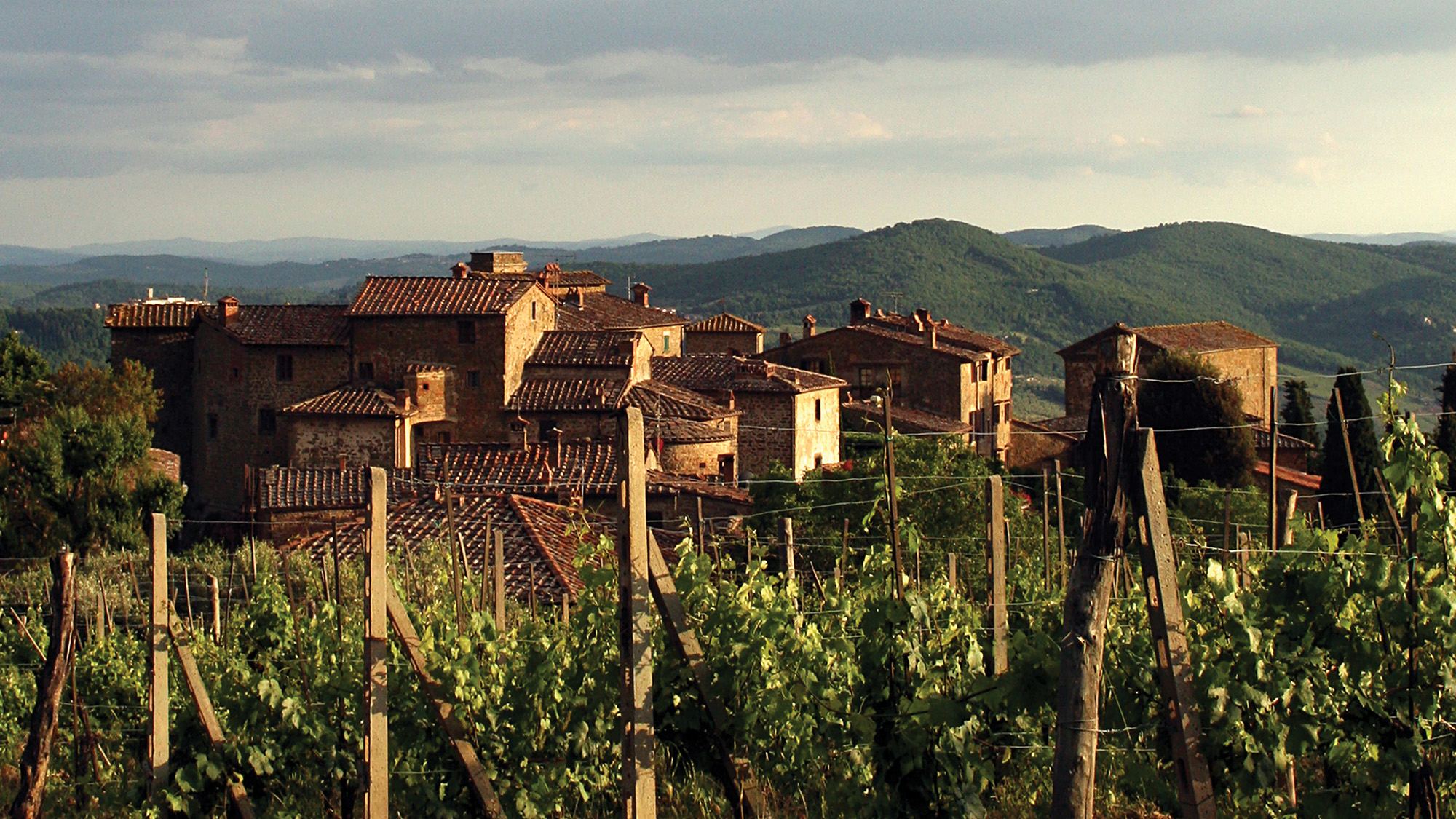
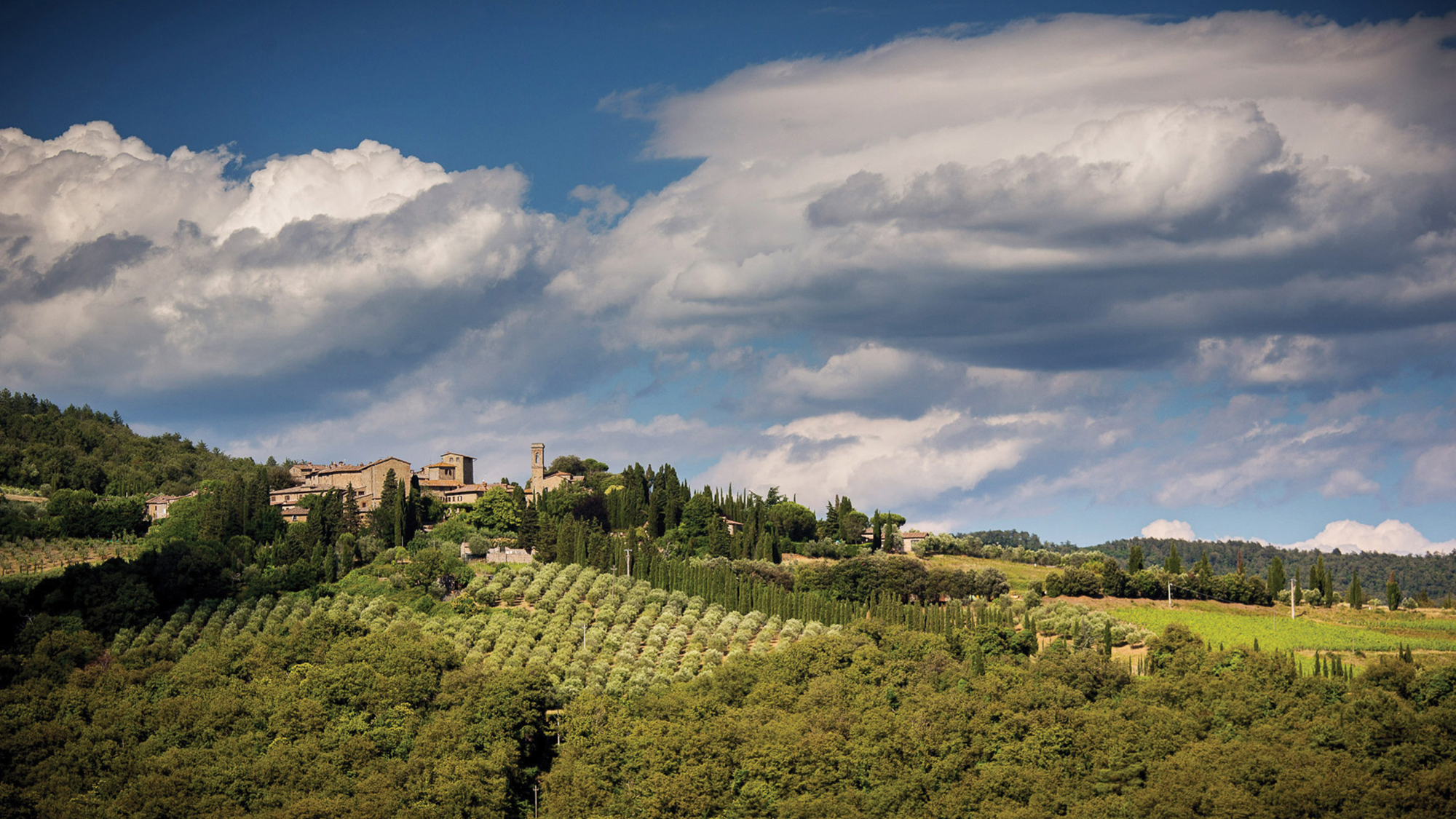
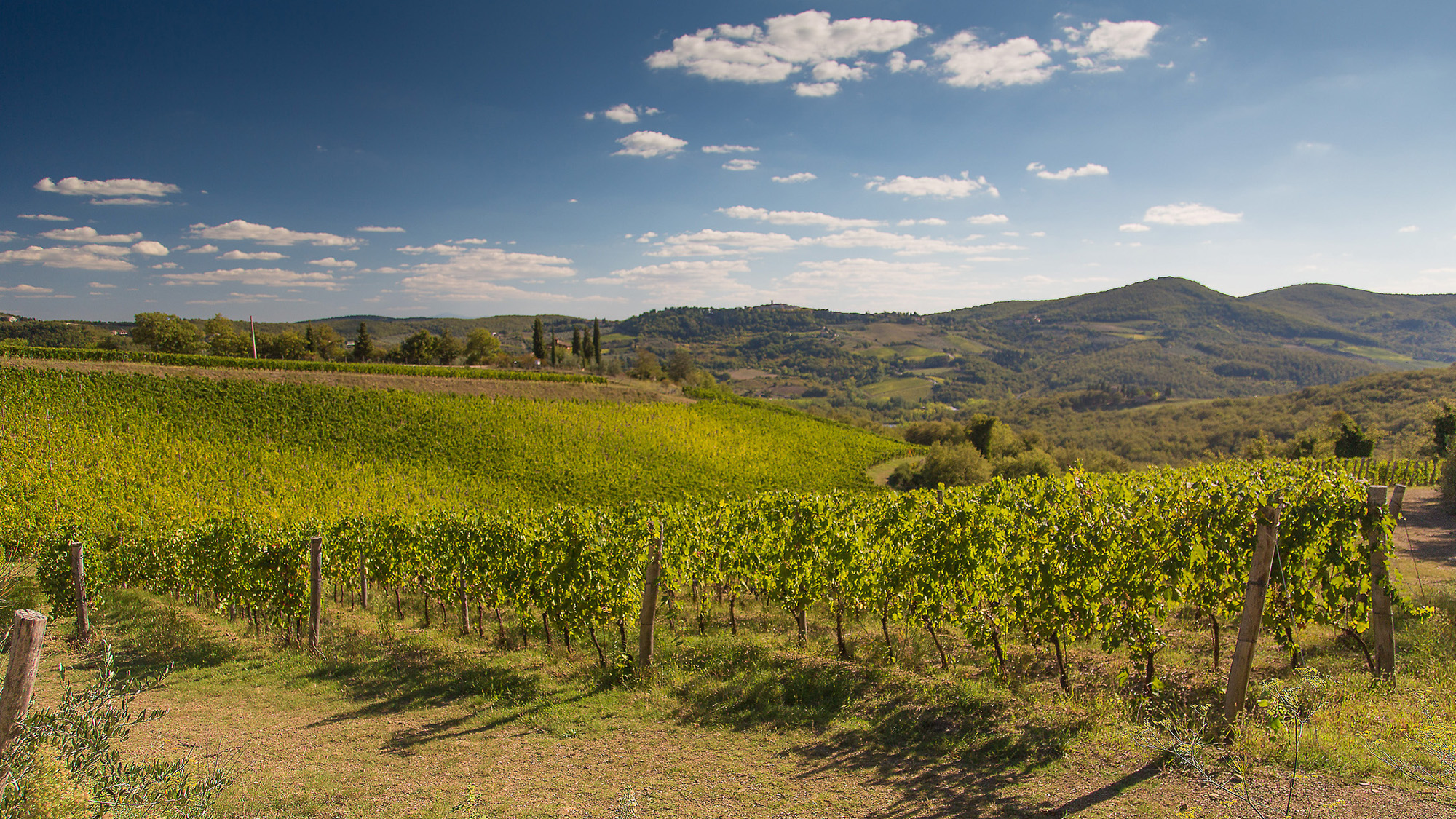
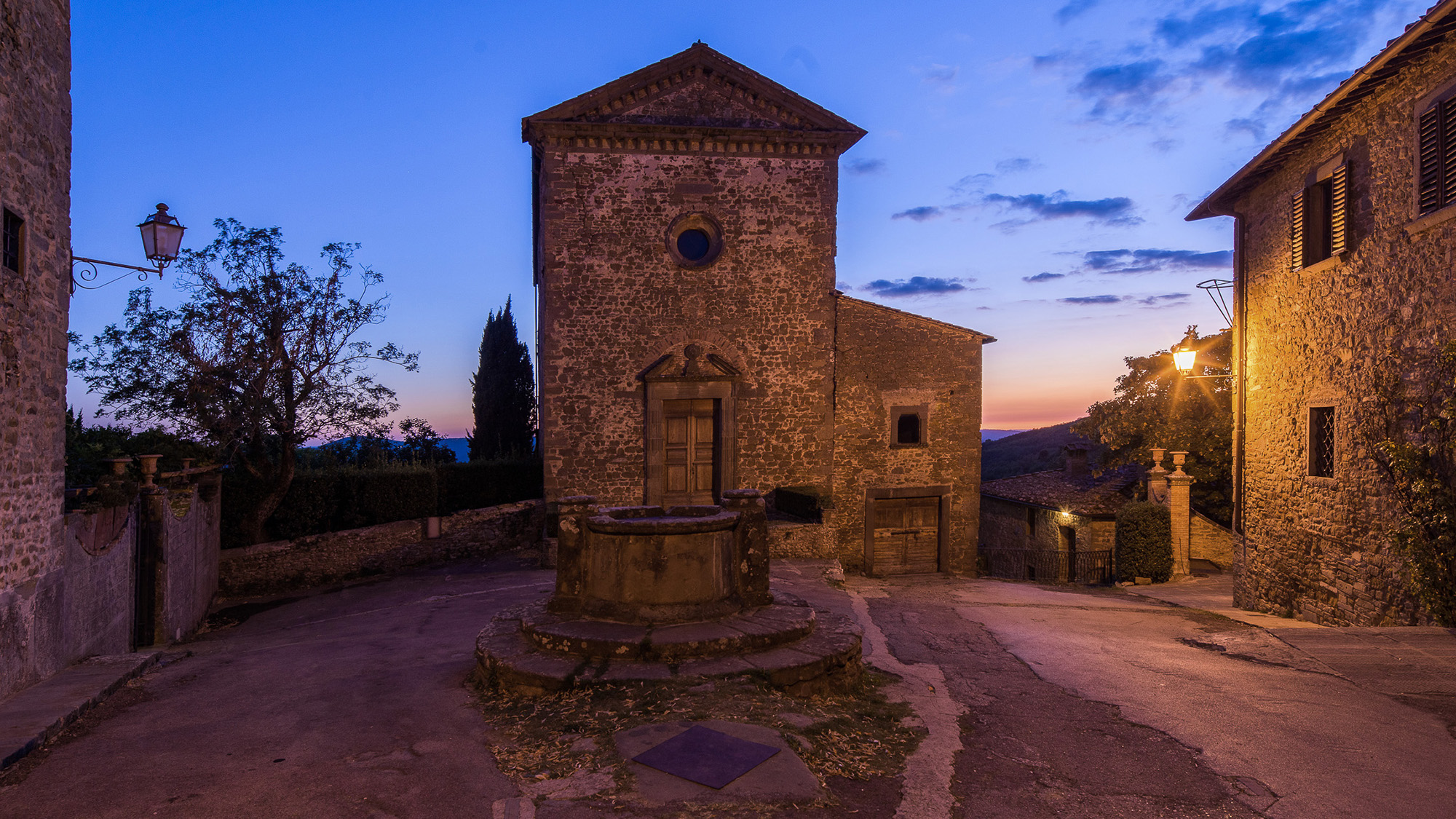
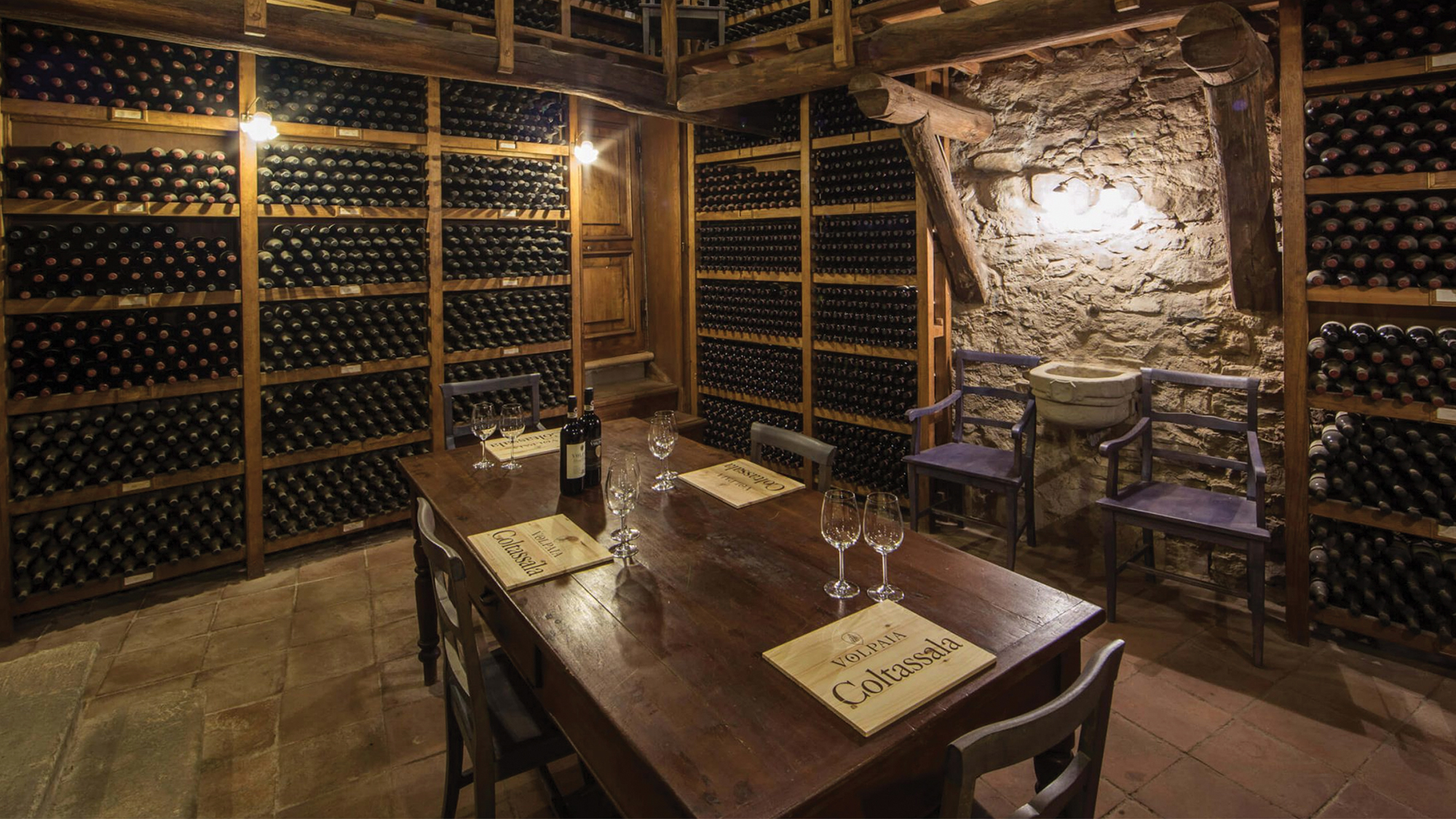
Castello di Volpaia is located in an 11th century village that bears the same name. It sits on a hilltop just north of the town of Radda in Chianti, 2,024 feet above sea level in the heart of the Chianti Classico region. One of the most historical wineries of the region, Volpaia is owned by the Mascheroni Stianti family and benefits from some of the highest altitude southern exposure vineyards of the area, delivering certified organic Sangiovese-based wines of finesse and elegance with a terroir approach. Wines are made with 100% certified organic grapes and one of the highest-elevation wineries in the Chianti area.
Winery Story6 Results
Chianti Classico DOCG
Chianti Classico DOCG
Chianti Classico DOCG Riserva
Chianti Classico Riserva DOCG
Chianti Classico DOCG Gran Selezione
Coltassala Chianti Classico Gran Selezione DOCG
Toscana IGT
Balifico Toscana IGT
Chianti Classico DOCG Gran Selezione
Il Puro Chianti Classico Gran Selezione DOCG
Vin Santo del Chianti Classico DOC
Vinsanto del Chianti Classico DOC







